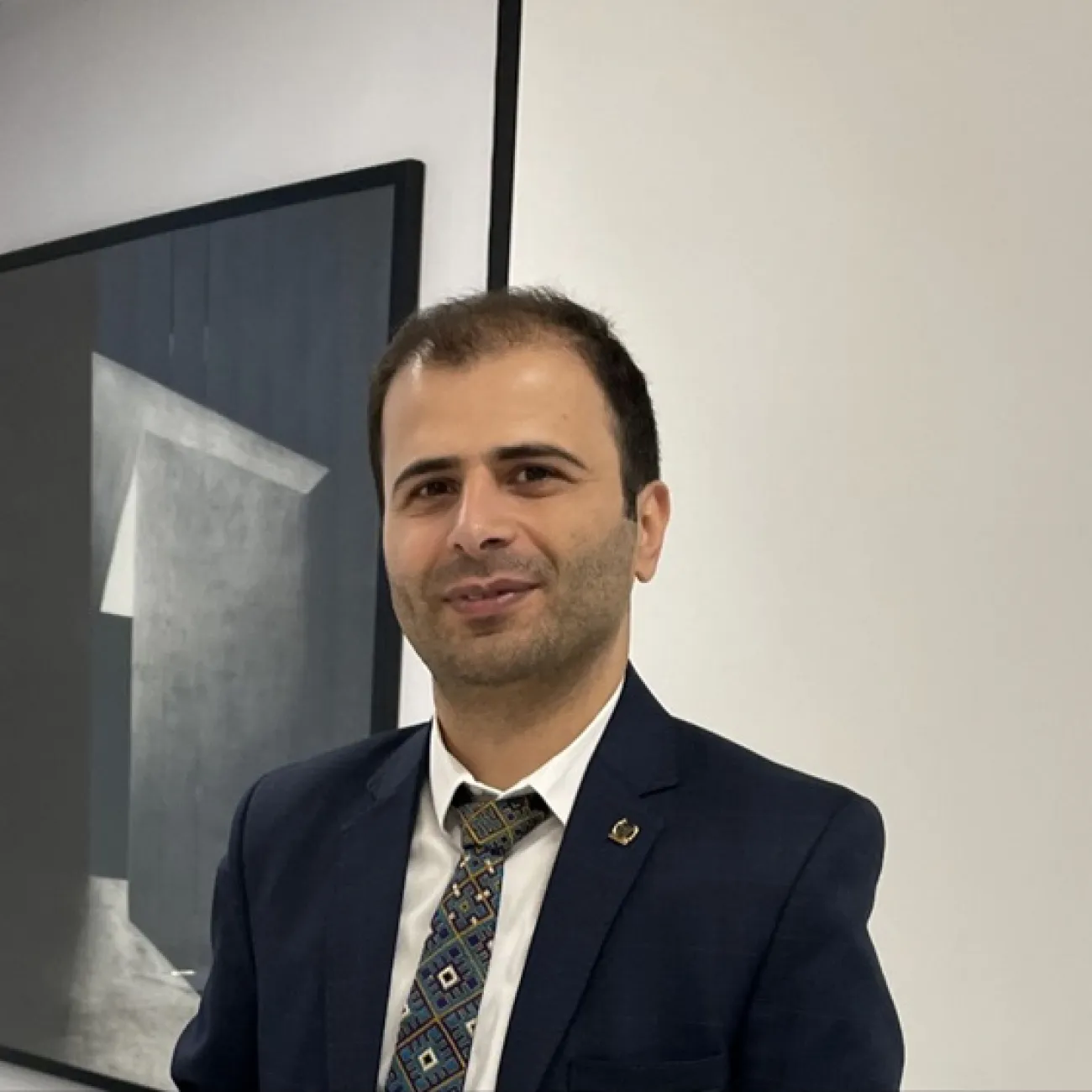About
Dr Saeed Hosseinzadeh is a Marie Curie (MSCA) Postdoctoral Fellow in the Department of Civil, Maritime, and Environmental Engineering at the University of Southampton. His research lies at the intersection of fluid mechanics, structural dynamics, and maritime engineering, with a particular focus on marine hydrodynamics, computational fluid dynamics, and fluid–structure interaction (FSI) involving elastic structures.
Driven by a deep fascination with the physical principles underlying naval architecture, Saeed has developed and applied mathematical and numerical models to investigate a wide range of marine phenomena, from the dynamics of high-speed craft to the hydroelastic response of flexible structures. His expertise spans CFD, hydroelasticity, renewable energy applications, and the development of numerical models for multiphysics analysis.
At Southampton, he has led experimental investigations into wind-assisted ship propulsion, combining towing tank testing with hydrodynamic analysis to evaluate vessel performance and efficiency. His broader research contributions also include impact-induced load modelling, seakeeping analysis, and FSI studies relevant to both commercial and research vessels.
You can update this in Pure (opens in a new tab). Select ‘Edit profile’. Under the heading and then ‘Curriculum and research description’, select ‘Add profile information’. In the dropdown menu, select - ‘About’.
Write about yourself in the third person. Aim for 100 to 150 words covering the main points about who you are and what you currently do. Clear, simple language is best. You can include specialist or technical terms.
You’ll be able to add details about your research, publications, career and academic history to other sections of your staff profile.
